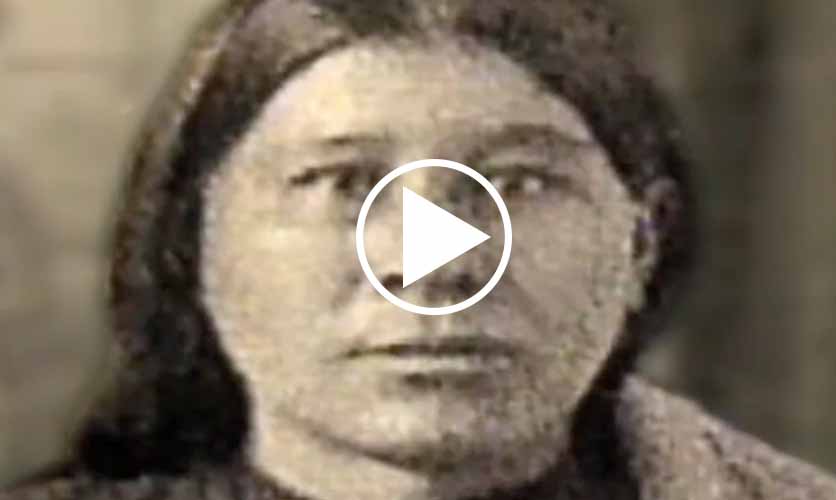The Osage "Reign of Terror" Murder Trials

The “Reign of Terror” that overtook the Osage Reservation in 1921 is just one chapter in the long story of mistreatment of Native Americans by whites—but is one of the most horrifying. Before the chapter ends, untold dozens of Osage tribal members (and those who dared support them) are murdered. Many are poisoned, others blown up as they sleep in their homes, shot in the head, thrown off moving trains, or killed in other gruesome ways. And it’s all for money. In the end, there will be a series of trials from 1926 to 1929. Some of the murderers will pay a price for their evil, but many others will escape prosecution.
Background
As was so often the case for Native Americans, the Osage were forced to cede their ancestral lands—lands between the Missouri and Arkansas Rivers. First moved to a reservation in Kansas, the Osage in 1870 sold their Kansas lands for $1.25 an acre to settlers and were driven to land in northeastern Oklahoma that, until 1866, had belonged to the Cherokee. The reservation encompasses all of Osage County, about a million and a half acres. Unsurprisingly, the reservation land in Oklahoma is hilly, thickly wooded in places, and was deemed at the time largely unsuitable for most agricultural purposes.
But not for all purposes. Oil was discovered on the Osage reservation—lots of oil. And the Osage Act of 1906 had given each of the 2,229 members of the tribe “headrights” for money received for the production of oil on reservation land. As the oil production boomed, the Osage became rich. Net per capita distribution of funds from oil rose from $221 in 1915 to $12,400 in 1923 (roughly comparable to $200,000 today), the year of the murders that will lead to the trials of 1926 to 1929.
The enormous wealth of the Osage attracted criminal elements and unscrupulous traders and business people. The notorious Al Spencer gang of bank robbers hid out in Osage County. Gangs of bootleggers operated a privately owned power plant and used the county as a distribution center. Dozens of bank and train robbers even held a convention of sorts in Osage County in the free-wheeling 1920s. But the biggest game around was taking money from the wealthy Osage, by overcharging for goods and services, by fraud, or by murders that might enable the murderer to acquire money either through insurance or (for those whites who married into Indian families) gaining greater shares of the valuable head rights. We will never know exactly how many Osage died for their money. Osage historian Louis Burns said, “I don’t know of a single Osage family that didn’t lose at least one family member because of head rights.” A federal agent who investigated the reign of terror on the reservation said, “There are so many of these murder cases. There are hundreds and hundreds.” ... Continued

